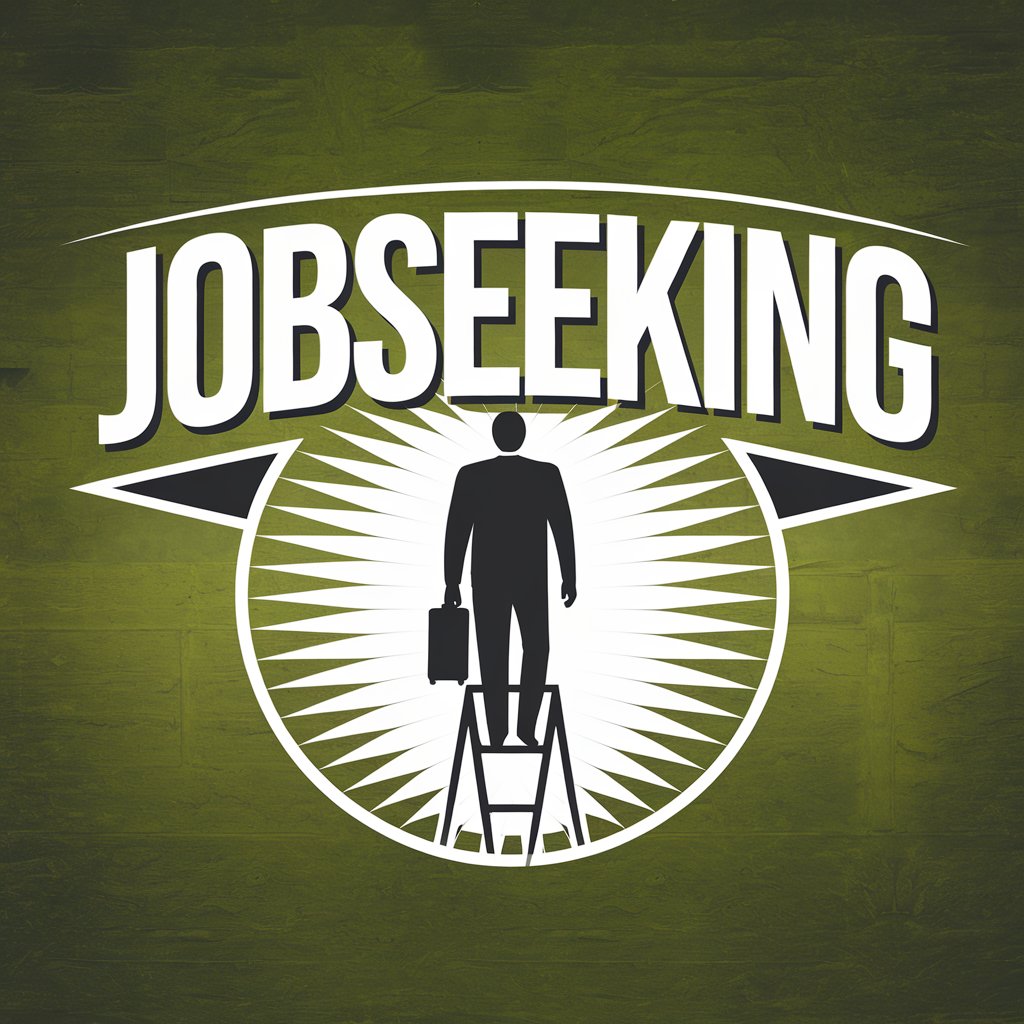The Modern Job Application Process: A Comprehensive Guide
In today’s competitive job market, understanding how to navigate the application process effectively can make the difference between landing your dream role and getting lost in the shuffle. Let’s break down everything you need to know before submitting your next job application.
Understanding the Modern Application Landscape
The days of walking into an office with a printed resume are largely behind us. Today’s job applications typically flow through Applicant Tracking Systems (ATS) before reaching human eyes. This means your application needs to work for both automated systems and human recruiters.
Before You Apply
Research the Company
Take time to understand the organization’s:
- Mission, values, and culture
- Recent news and developments
- Products or services
- Main competitors
- Industry position and challenges
Analyze the Job Description
Pay careful attention to:
- Required qualifications and skills
- Preferred qualifications
- Key responsibilities
- Company culture indicators
- Reporting structure and team setup
Prepare Your Materials
Your resume should be:
- Tailored to the specific role
- ATS-friendly with standard section headings
- Focused on quantifiable achievements
- Free of graphics and complex formatting
- Saved in the requested format (usually PDF)
Your cover letter should:
- Address specific job requirements
- Demonstrate company knowledge
- Highlight relevant achievements
- Show genuine interest in the role
- Be concise and compelling
The Application Process
Online Application Systems
Most companies use online portals that require:
- Creating an account
- Filling out detailed work history
- Answering screening questions
- Uploading documents
- Providing references
Pro tip: Save your responses in a separate document. Systems can time out or crash, and you might need these answers for future applications.
Social Media Presence
Before applying, audit your:
- LinkedIn profile (ensure it matches your resume)
- Public social media accounts
- Professional portfolio or website
- Online presence in general
Follow-Up Protocol
After submitting:
- Wait 5-7 business days before following up
- Keep track of where and when you applied
- Connect with company employees on LinkedIn
- Continue your job search – don’t pause for one application
Common Pitfalls to Avoid
- Mass applying without customization
- Ignoring application instructions
- Submitting before proofreading
- Using a generic cover letter
- Failing to research the company
The Timeline
Typical application processes can take:
- 1-2 weeks for initial screening
- 2-4 weeks for first interviews
- 1-2 months for the entire process
- Longer for senior positions
Final Checks Before Submission
Verify that:
- All required fields are completed
- Documents are in the correct format
- Contact information is current
- Links (portfolio, LinkedIn) work
- Spelling and grammar are perfect
- All specific instructions are followed
After Submission
Create a system to:
- Track your applications
- Set follow-up reminders
- Save job descriptions
- Document any communication
- Prepare for potential interviews
Remember, job searching is a numbers game, but quality always trumps quantity. Each application deserves your full attention and effort. The time you invest in preparation and customization will significantly increase your chances of success.
Stay organized, maintain your momentum, and keep refining your approach based on the responses you receive. The job search can be challenging, but with proper preparation and attention to detail, you’ll maximize your chances of landing the right role.
